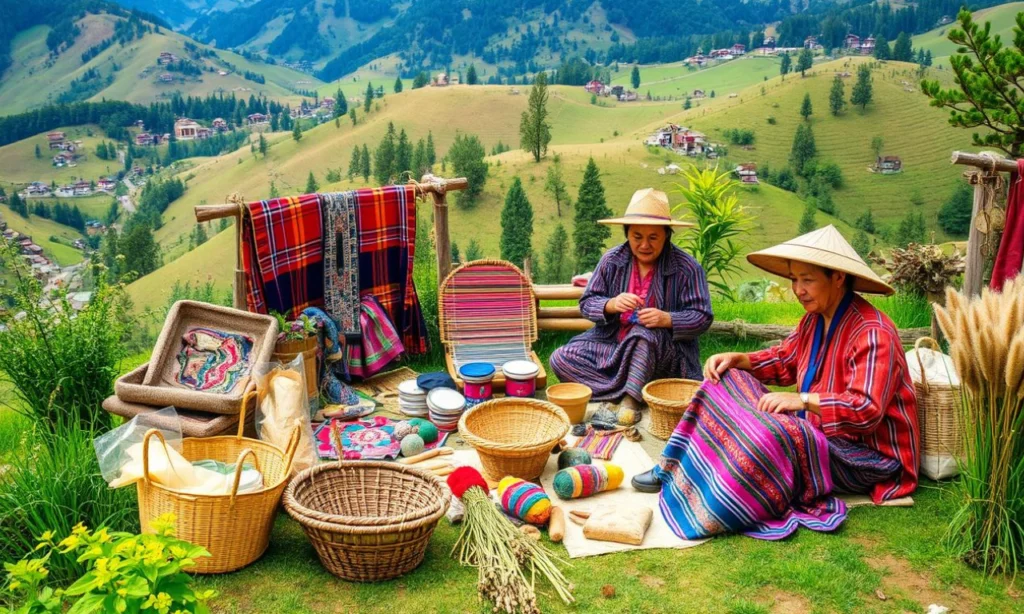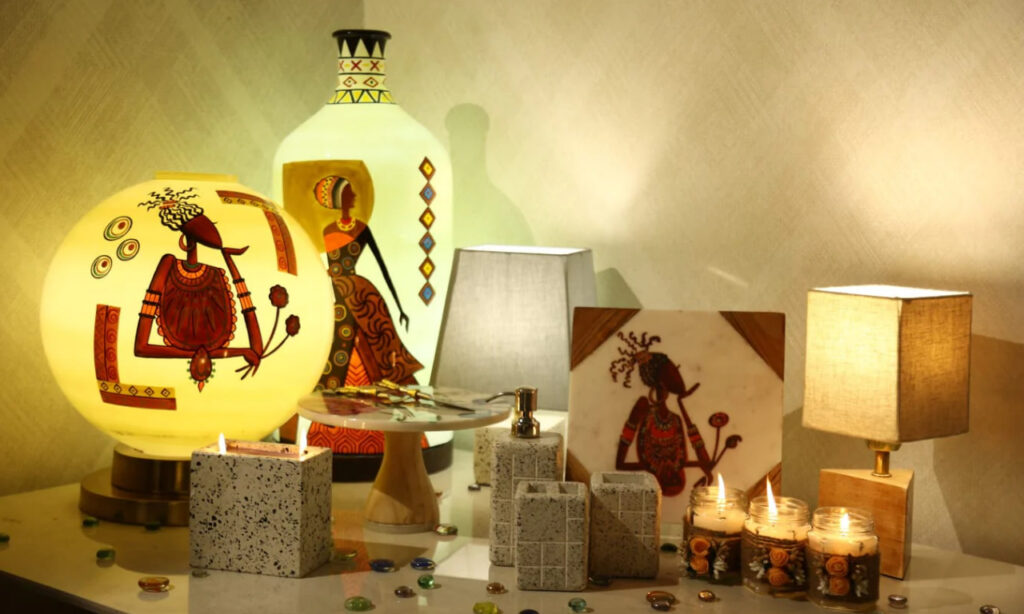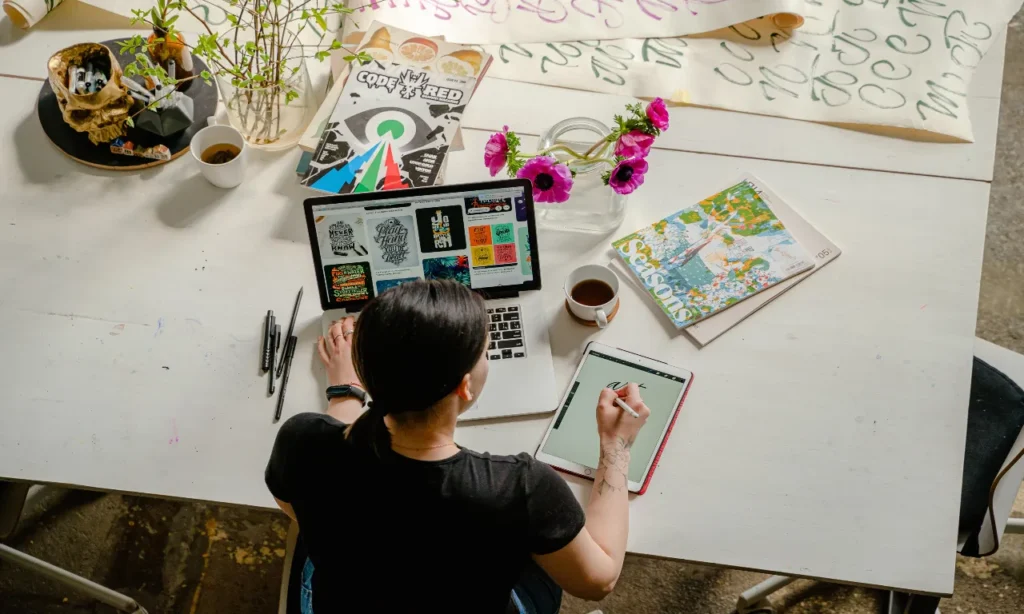Handicrafts have always held a special place in human society, serving as a testament to cultural heritage, artistic expression, and skilled craftsmanship. In the realm of interior design, handicrafts bring an unparalleled depth of character, uniqueness, and warmth to spaces. They offer more than just decorative appeal; they embody stories, traditions, and the hands-on expertise of artisans. This essay explores the multifaceted role of handicrafts in interior design, highlighting their aesthetic, cultural, and sustainable values.
Aesthetic Appeal and Unique Character

One of the most compelling reasons for incorporating handicrafts into interior design is their distinct aesthetic appeal. Unlike mass-produced items, handicrafts are often one-of-a-kind pieces that can serve as focal points or subtle accents in a room. From intricately woven rugs and hand-carved furniture to pottery, textiles, and wall art, each handcrafted item brings a unique story and texture to the space.
Handicrafts have the power to transform ordinary interiors into extraordinary spaces. A hand-painted mural can turn a simple wall into a captivating canvas, while a handwoven tapestry can add a splash of color and texture that draws the eye. These items often carry an element of surprise and individuality, making each room uniquely reflective of the owner’s taste and personality.
Cultural Significance and Heritage Preservation

Handicrafts are deeply rooted in the cultural and historical contexts of their origins. By integrating them into interior design, one not only enhances the aesthetic quality of a space but also honors and preserves cultural heritage. Each handcrafted item is a piece of cultural history, representing traditional techniques and indigenous materials passed down through generations.
For instance, incorporating Moroccan tiles, Japanese shoji screens, or Native American pottery into a design scheme does more than just beautify a space; it introduces elements of global culture and history. This cultural infusion can create a rich tapestry of diversity within a home or commercial setting, fostering an environment of appreciation and respect for different artistic traditions.
Sustainable and Ethical Design

In an era where sustainability is increasingly important, handicrafts offer an eco-friendly alternative to mass-produced goods. Handcrafted items are typically made using sustainable practices and locally sourced materials, which reduce the environmental footprint. Furthermore, purchasing handicrafts supports local artisans and economies, promoting ethical consumerism.
By choosing handcrafted products, interior designers and homeowners contribute to the sustainability movement. For example, reclaimed wood furniture, hand-dyed organic textiles, and artisanal ceramics often involve low-impact production processes. This not only benefits the environment but also supports the livelihoods of skilled artisans, ensuring the continuation of traditional crafts.
Modern Innovations and Fusion

Modern interior design has seen a fascinating fusion of traditional handicrafts with contemporary aesthetics. Designers are increasingly blending old-world craftsmanship with modern design principles to create innovative and stylish interiors. This fusion can result in eclectic and dynamic spaces that combine the best of both worlds.
For example, a sleek, minimalist room can be enhanced with the addition of a bold, handwoven rug or a set of artisanal clay vases. The contrast between modern and traditional elements can create a balanced and harmonious design. Moreover, modern artisans are continually experimenting with new materials and techniques, ensuring that handicrafts evolve and remain relevant in contemporary settings.
Conclusion
Handicrafts play a vital role in interior design, offering a blend of aesthetic beauty, cultural richness, and sustainable practice. They bring individuality and character to spaces, allowing for personal expression and storytelling through design. As the world increasingly values sustainability and ethical production, the importance of handicrafts in interior design is likely to grow. By integrating handcrafted items into our living and working spaces, we not only enhance their visual appeal but also contribute to the preservation of cultural heritage and the support of artisanal communities. In essence, handicrafts in interior design represent a harmonious blend of tradition and modernity, enriching our environments in multifaceted ways.




